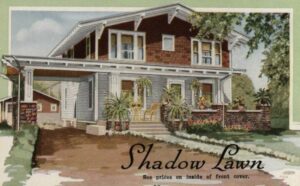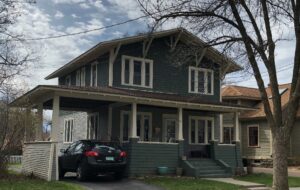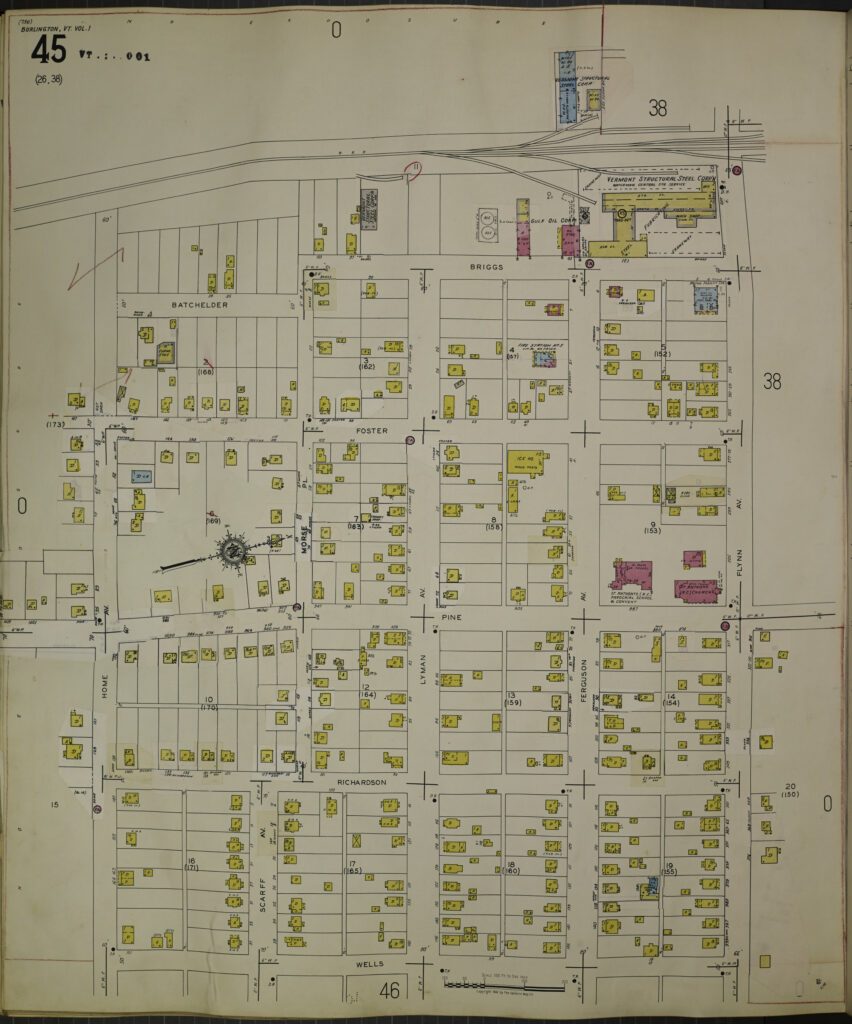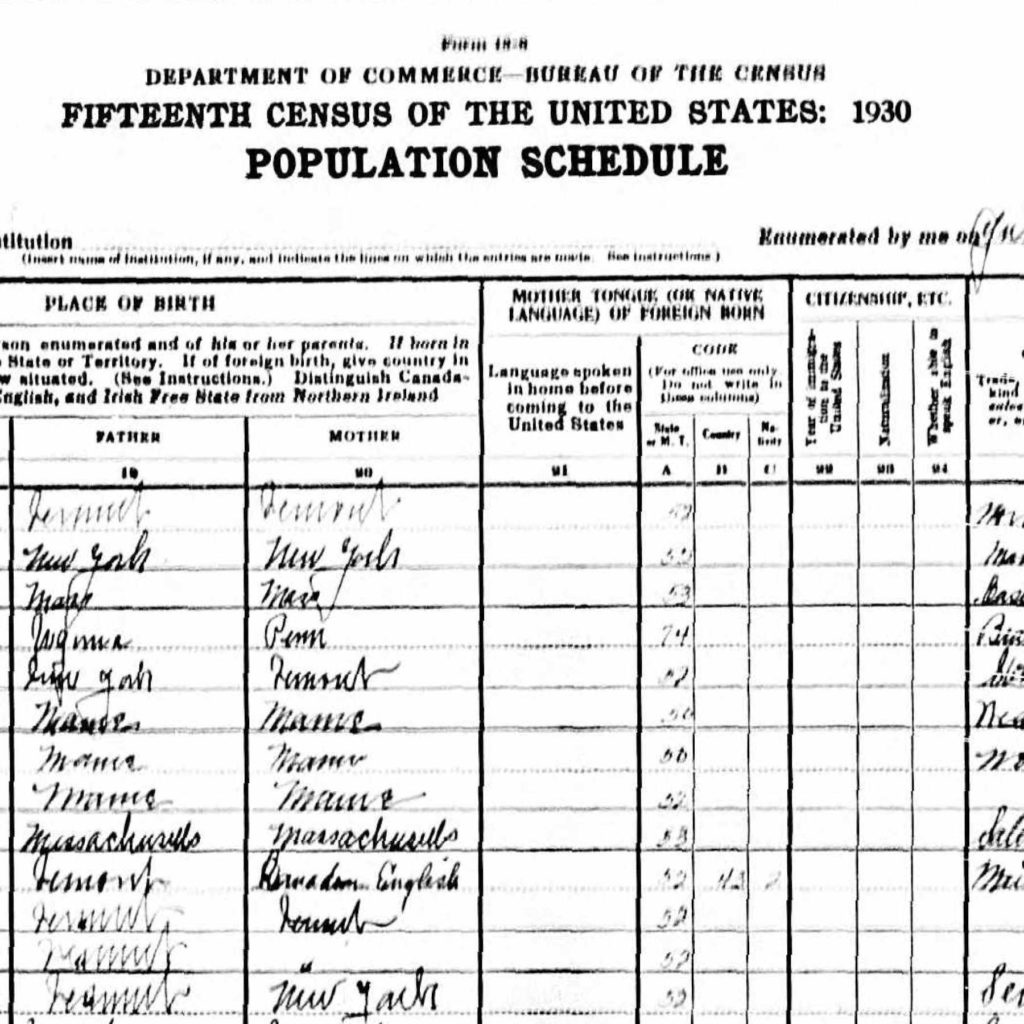 Kit Houses
Kit Houses
The Five Sisters Neighborhood
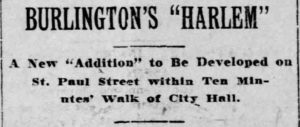
The Five Sisters neighborhood, located in Burlington’s South End, was developed between 1910 and the 1950s on former estate land. The development occurred in three phases north to south. In 1910-1911, developers Roland D. Batchelder and Frank H. Brown purchased the former Buell Estate and subdivided the land into uniform, rectangular lots on Hayward, Caroline, Charlotte, Catherine, and St. Paul streets. Between 1926 and 1932, developer Paul D. Kelley developed plans for Ledgemere, Marian, and Margaret streets and southern extensions of Caroline and Charlotte streets. The neighborhood’s name references Caroline, Charlotte, and Katherine (Catherine), three daughters of Edward and Maria (Buell) Hungerford, and Margaret and Marian, developer Paul Kelley’s wife and niece, respectively. The origins of the local nickname “New Harlem” is unknown.

This was a period of intense building construction and real estate investment, much of it in the South End; in 1925, seventy-four percent of the residential building permits issued were for land south of Main Street.The resemblance of many of these houses to designs in kit house catalogs and plan books of the time suggests there is a sizeable concentration in the neighborhood. Locust Terrance was the only street in this neighborhood that was not developed until after World War II. Between 1947 and the mid-1950s, thirty-six houses were constructed on this street in the neighborhood
